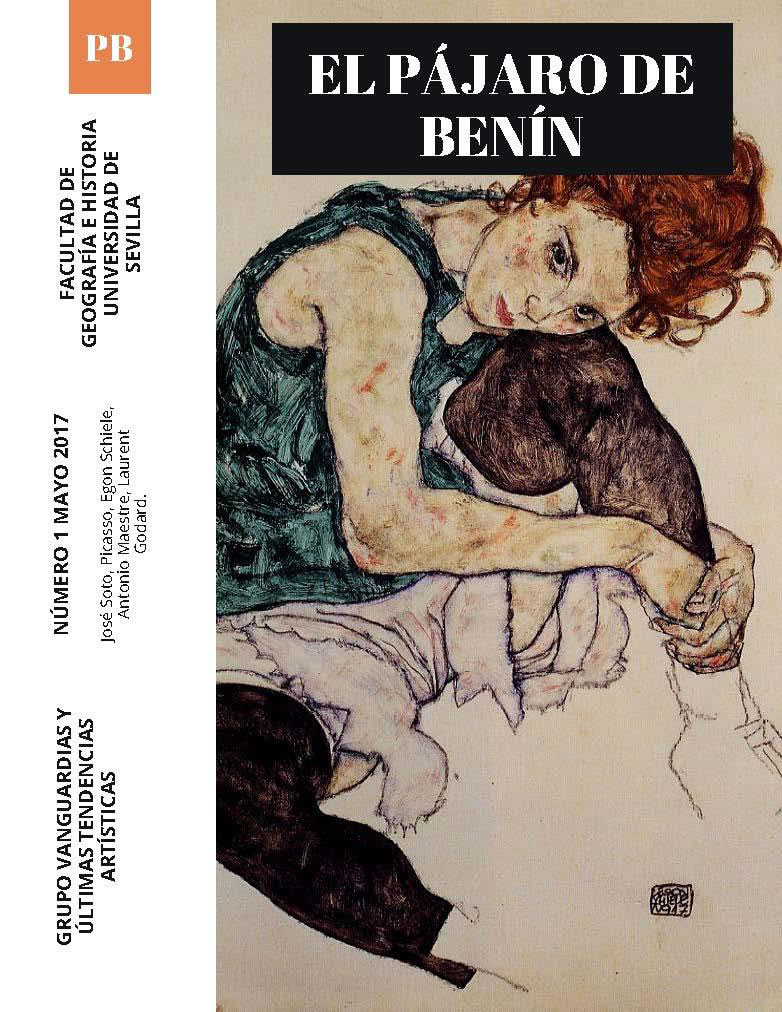Resumen
Picasso había mostrado un claro interés por la talla de madera en la etapa primitiva de inicios del segundo lustro del siglo XX en París. Pasados veinticinco años y después de haber experimentado con distintos procedimientos técnicos, como los ensamblajes de cartones, tablas y planchas de metal; la escultura metálica, forjada y soldada; la escultura con objetos reales; el vaciado sobre originales frescos y el método enciclopédico, volvió a la talla de la madera y realizó las estatuas palo y otras pequeñas esculturas, que hasta ahora no se habían estudiado de modo sistemático. Las referencias de la Antigüedad y la reinterpretación vanguardista de ésta le proporcionan un interés singular.
Citas
BARR, Alfred: Cubism and Abstract Art, Nueva York, MOMA 1936 .
BARR Alfred: Fyfty Years of his Art, Nueva York, MOMA, 1946, 1966 y 1974.
BRASSAÏ: Conversations avec Picasso. París, 1964. Méjico: Turner, Fondo de Cultura Económica, 2002.
CAWS, Mary Ann: Dora Maar, con y sin Picasso. Barcelona: Ediciones Destino, 2000. Documents. París, 1930.
GOLDWATER, Robert: Primitivism in Modern Art, Nueva York, MoMA, 1938 y 1967.
JANNEAU, Guillaume: L’Art cubiste. Theories et realizations, Étude critique, París, 1929.
LUQUE TERUEL, Andrés: «Picasso, sistema creativo propio», Espacio y Tiempo, N º 21, 2007.
LUQUE TERUEL Andrés: «Consideración histórica del cubismo, origen del arte cubista en Las señoritas de Aviñón y nueva valoración de la pintura cubista de Picasso», Boletín del Museo e Instituto Camón Aznar, n.o 99, 2007.
READ, Herbert: La escultura moderna; Londres, 1964; Barcelona, 1994.
SPIES, Werner: La escultura de Picasso; Barcelona, Polígrafa, 1989.
SPIES, Werner: Picasso sculpteur. París: Centre Pompidou, 2000.
WARNCKE, Carsten-Peter: Picasso, Colonia,Taschen, 1992 .
WIEGAND, Wilfried: Pablo Picasso, Reinbeck, 1973

